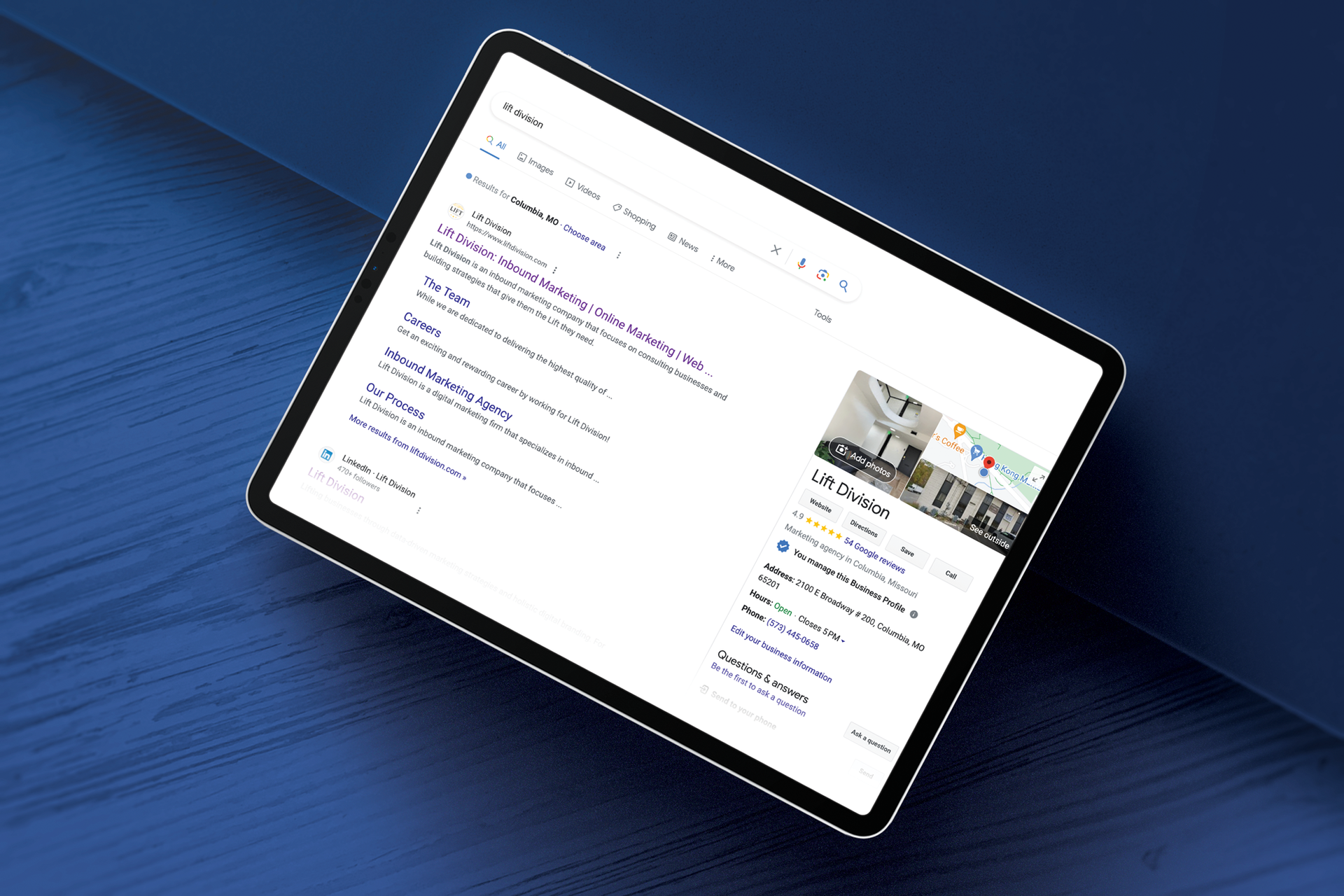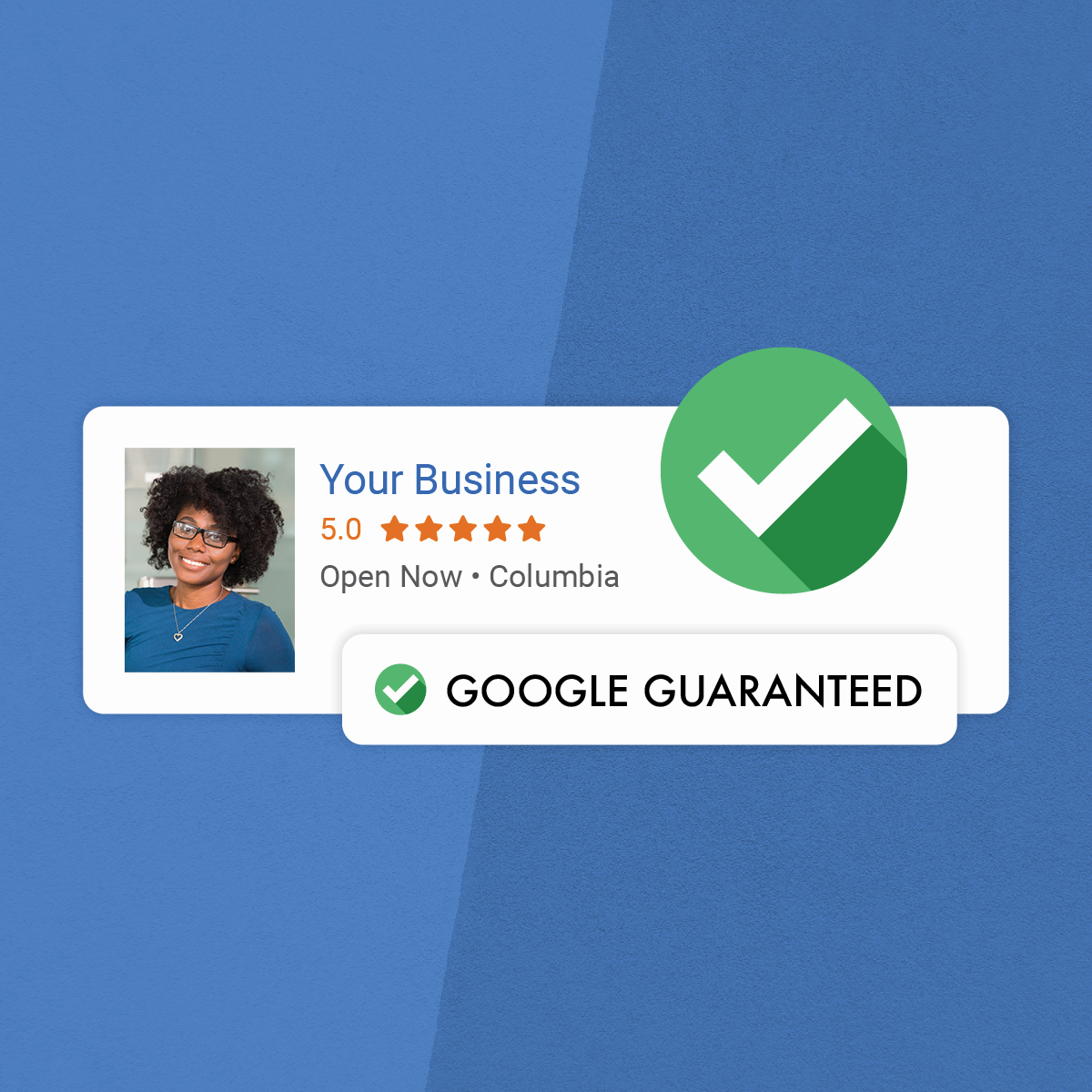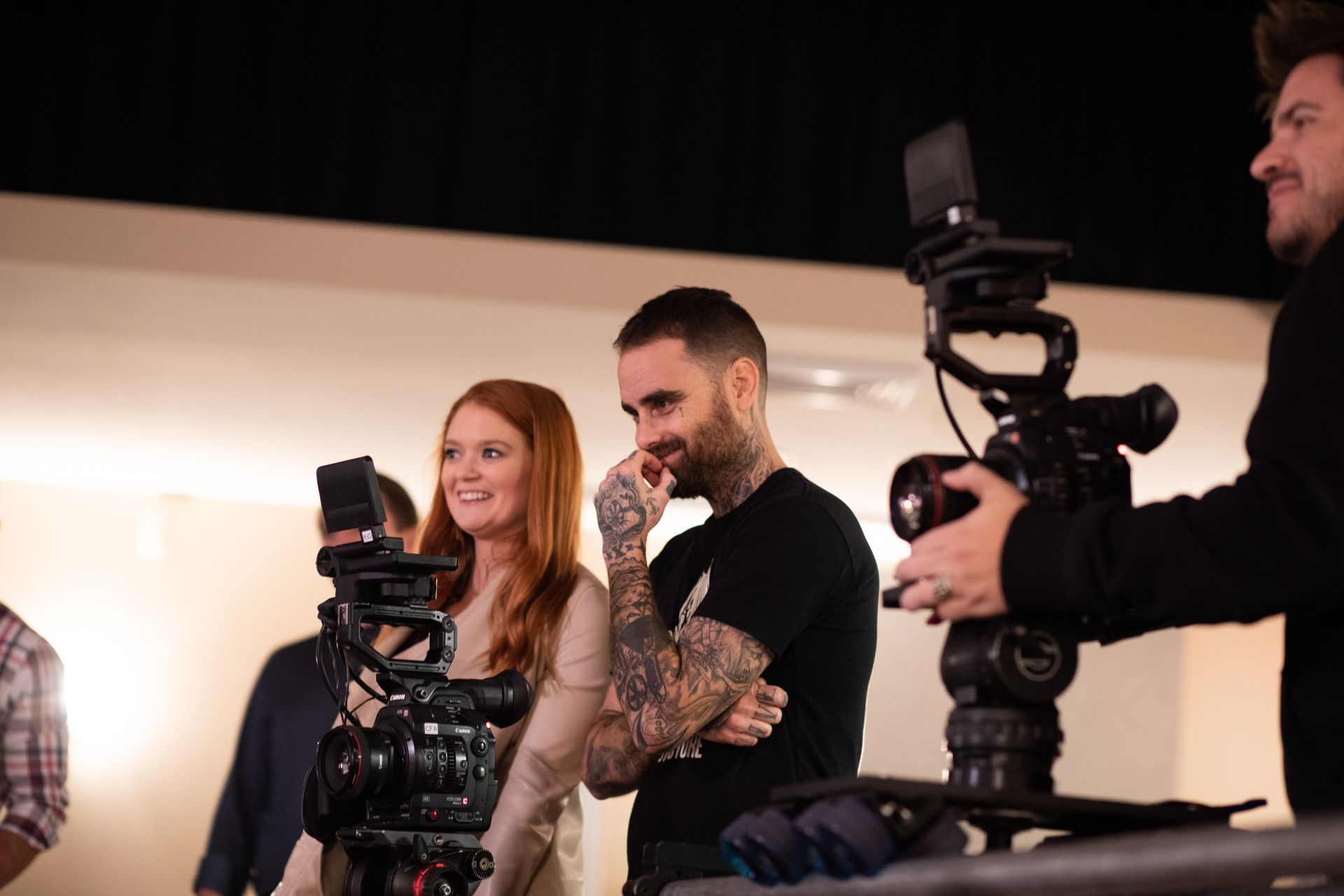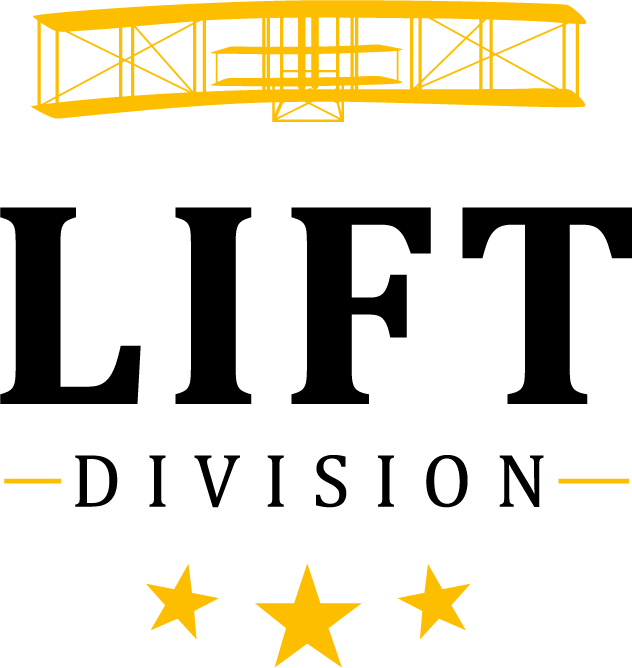Marketing for Your Real Audience: Humans
It’s no secret that marketing – whether for online, television, radio or print – can be tricky. As a business, any time you’re trying to get a message across, it seems like you’re staring out into an endless sea of options, each one riddled with challenges and pitfalls. And in digital, the fastest-growing marketing medium, these options and pitfalls are especially prevalent.
One of the biggest issues that I see with clients is that when they’re faced with all the different components of online marketing (SEO, PPC, display advertising, content marketing, link building, on-site optimization and conversion rate optimization), it becomes very easy to forget that marketing efforts should all revolve around attracting one group: humans.
In this post, I will explore three areas where I most often see businesses missing the mark in terms of marketing for a human audience.
Google, Bing and Yahoo
I often talk with new clients and their first question is something like: “What do I need to do on my website to rank well in the search engines?” While having a high ranking is a great goal that can lay the outline for a good strategy, simply getting high rankings should never be a business’ ultimate goal for online marketing.
In fact, we hardly ever work with clients whose main goal is ranking higher, which they hope will lead to increased traffic down the road. Rather, our clients typically assume that if they rank higher and increase their organic traffic, a conversion will take place, and then they’ll increase sales. While a robust sales funnel is important, businesses often neglect to determine what exactly that conversion is. When it comes down to it, that conversion always involves human interactions.
First and foremost, businesses looking to improve their online presence should be asking the question: “What do I need to do on my website to engage people that visit it?” That is very different than the question of ranking high in the search engines. Humans use search engines, therefore they should be your first focus.
Website Design
On one hand, the topic of websites is very similar to that of search engines. Many websites are so focused on SEO that they forget that humans are the ones interacting with websites. But at a more fundamental level, many websites are underutilized in terms of being a digital employee. Many websites exist simply as an online brochure or a place to dump information that a searcher then has to sift through to find what they want from the site.
A properly designed website first takes into account human visitorship… and then is optimized for things like search engines and conversions. This appropriate design begins with identifying your target audience and building something they not only want to interact with, but can interact with. Navigation, page layout, color choice, reading level, calls to actions — proper implementation of these factors depends on knowing your target audience and knowing what they want.
All marketing – but especially online marketing – should be done to move closer to your audience. However all too often, websites actually make someone work harder to find what they want. Imagine if you visited a grocery store that didn’t have signs that signaled what was in each aisle. Even worse, what if there was no rhyme or reason to how the goods were laid out. Odds are, you would become so frustrated at this store that you would either leave for another store or just never shop there again.
A lot of websites have the information or products that people are seeking — but
due to poor design and not putting the human element first, the process to find that information or product becomes frustrating to the point that clients will go elsewhere.
Content
“Content is king.” Browse through any online marketing blog or forum and you are bound to see this axiom thrown around. In a lot of instances, the phrase is certainly true. After all, content is very valuable — it can build your brand, demonstrate expertise, establish you as a thought leader and boost your standing in search engines.
...but content can also be confusing, mistargeted, over-written, over-optimized and a waste of time and resources.
Quality, targeted content adds value for both humans and search engines. The problem is that the term ‘content’ is used, for the most part, with a marketing connotation in mind. In fact, for B2B marketers, it’s just put right out there — anyone heard of content marketing?
In truth, the most value is in producing great content that is also produced with marketing in mind. There is a big distinction here. Content that is all about marketing focuses mainly on things like SEO, authority and getting published. Producing thin content over and over again simply to boost SEO, authority and get published does little to provide value to readers.
Producing content that is marketable focuses on providing value to your target audience. This means writing first and foremost for your audience — not just for the sake of getting published or to build your backlink profile. It’s no coincidence that if you write content that people actually want to consume, that content will be found, shared and can be more easily placed on a publication that is visited by your target audience.
The foremost purpose of content on a website, blog or online publication should not be SEO value. Rather, it should be the actual value it provides for your audience. Once you have produced content that is really valuable, you can then optimize it for search engines and authority. Because as important as search engines are, they aren’t the ones buying your products or paying for your services — humans do that.
Final Thoughts
Technology has opened a lot of doors for businesses and for marketers alike. But it has also blurred the lines of what is valuable. Ranks, traffic, blog posts, SEO authority and click-through-rates are too often the focus and goal of marketing efforts and budgets. It’s time we got back to the basics, to the important things. As simple as it is, marketing should never lose sight of its real objective: to engage with a targeted human audience.

Originally from Louisville, Kentucky, Sarah had an interest in art, writing and technology from a very early age. She spent her childhood building websites and designing album artwork. Fortunate enough to attend a high school that offered graphic design classes, she was able to pursue her passion and expertise earlier than most of her peers.
Sarah oversees all operational and visual aspects of Lift Division, including design, community management, photography, videography, recruitment and company initiatives. With over 15 years of experience in marketing, Sarah has been instrumental in the high growth of multiple companies and brands, which included helping a company flourish from a $10M to $45M company. She innovates, leads and executes strategic marketing initiatives from the ground up.
Sarah has held various marketing and design positions including Brake Printing, Missouri Consolidated Health Care Plan, Westminster College and Fresh Ideas Food Service as the Director of Marketing. Her career has allowed her to innovate, lead and execute strategic marketing initiatives from the ground up while managing a team of digital marketers. Sarah has managed and developed marketing, communication, branding, digital communities and creative direction for various companies throughout her career.
GET A FREE ONLINE MARKETING ASSESSMENT!
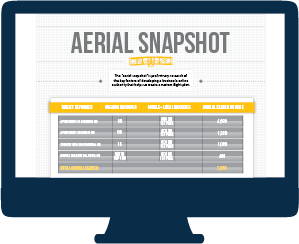
Our FREE Aerial Snapshot will:
- Identify Valuable Keywords & Your Current Rankings
- Analyze Your Current Local Presence
- Review Key Performance Indicators on Your Website
- Assess Your Social Media Profiles
- Provide You with a Reputation Analysis



